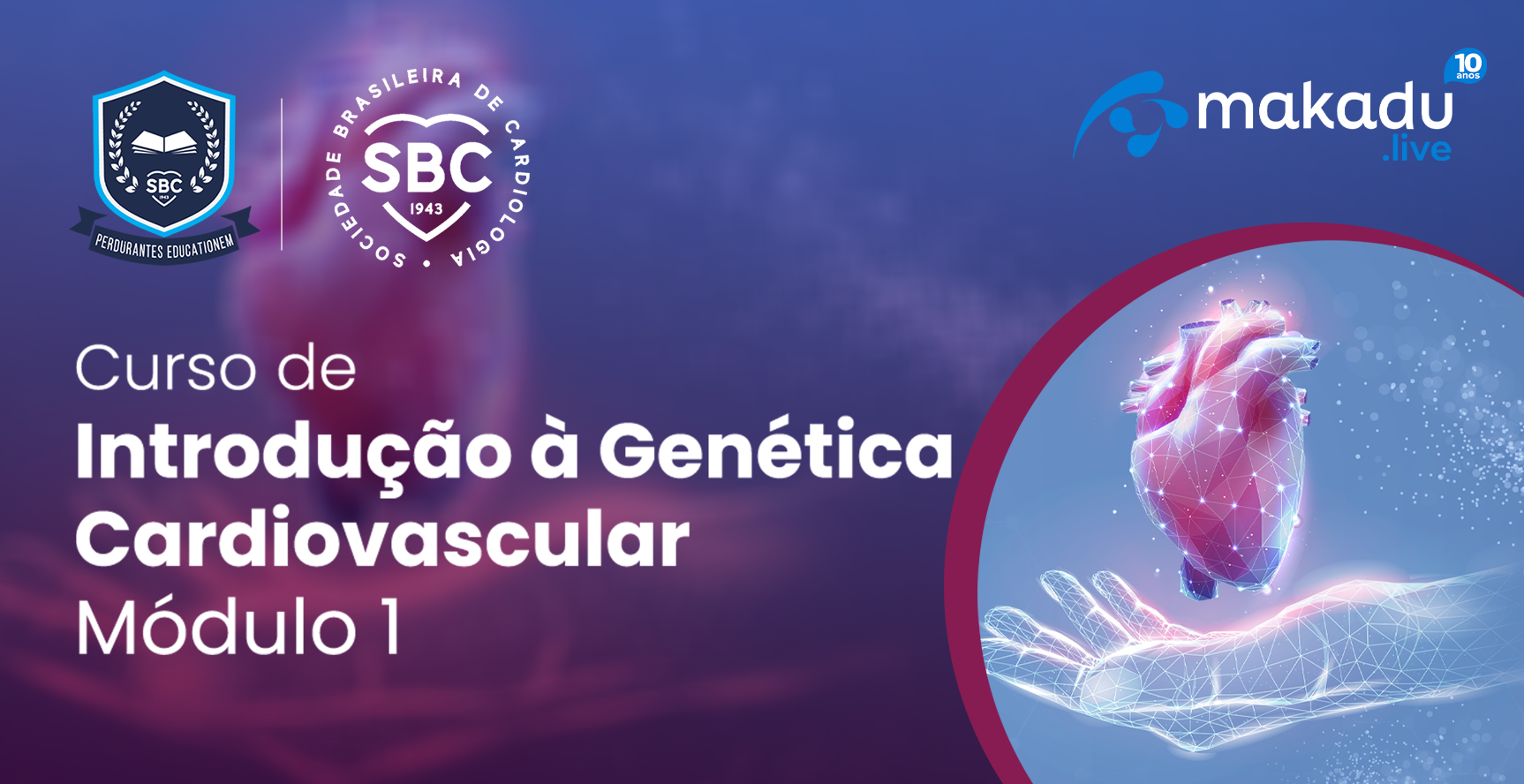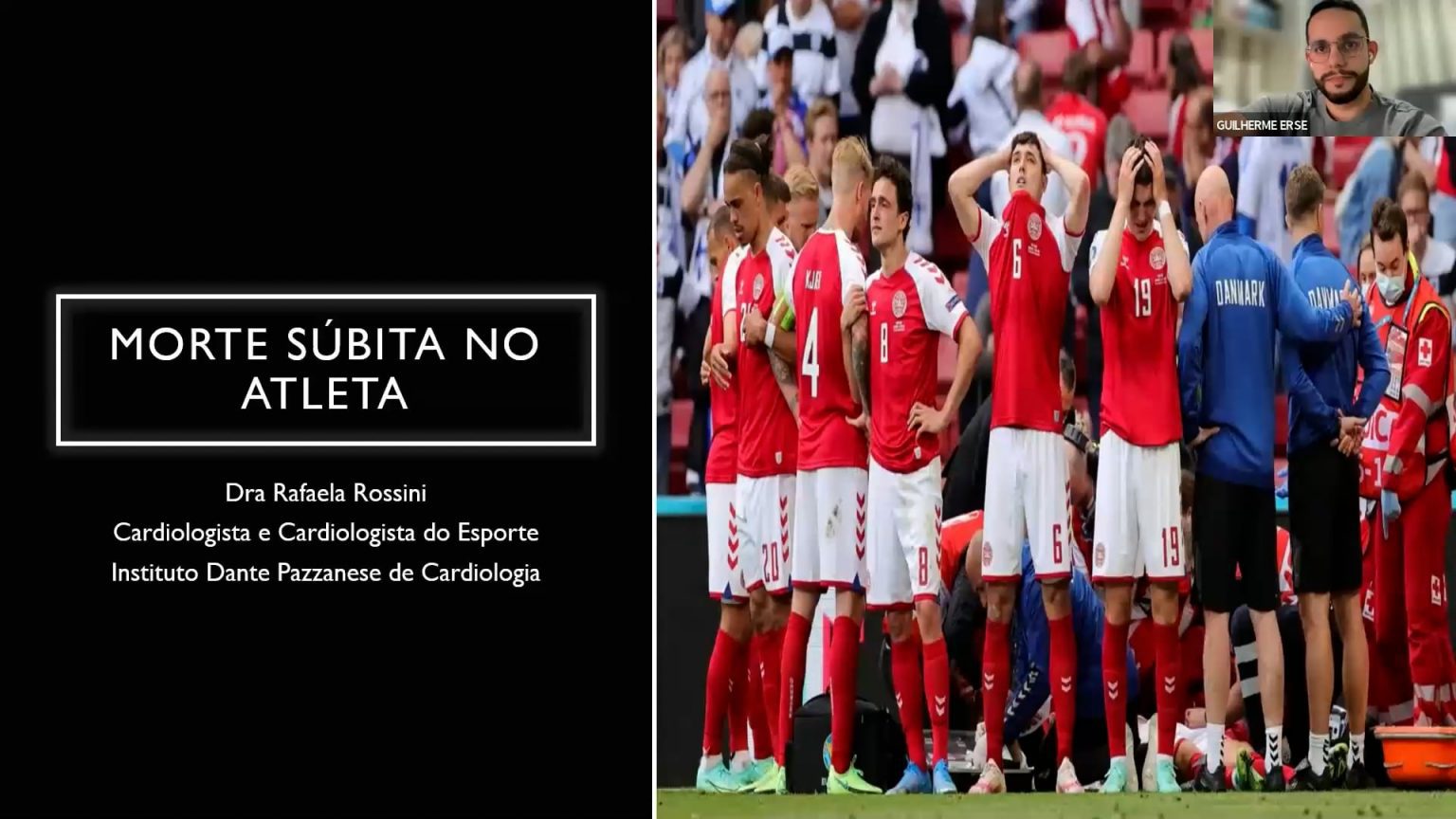Artigo
The role of echocardiography in the embolic stroke ofundetermined source
Introduction
Stroke is the third cause of death in the industrialized countries and is responsible for significant morbidity and mortality.1 Twenty to thirty per cent of ischemic strokes are embolic2; echocardiography has a major role to identify the sources of the emboli and is highly recommended in most of the clinical guidelines on stroke3,4 (Fig. 1). Echocardiogaphy plays an important role both in the diagnosis and the treatment/prevention of the cardiac source of embolism. It should be performed as soon as possible for preventing recurrences, which occur more frequently during the first week after the first stroke or transient ischemic attack (TIA).5 On the contrary, in daily clinical practice transthoracic echocardiography (TTE) is not routinely performed early after the hospital admission, mostly because of organizational problems. This delay leads to longer inhospital stay and increases the costs for the Healthcare Systems.6
By contrast, a simplified TTE approach performed in the early days following the acute crebrovascular event and focused on the detection of the main embolic sources may reduce the in-hospital stay by providing reliable diagnoses of the embolic stroke cause.7,8 The importance and the practical role of echocardiography in identifying the main sources of emboli in acute stroke will be discussed herein.
Compartilhar em:
Comentários
Cursos Relacionados
0
Conteúdos Relacionados
Comentários
Deixe um comentário Cancelar resposta
Você precisa fazer o login para publicar um comentário.












